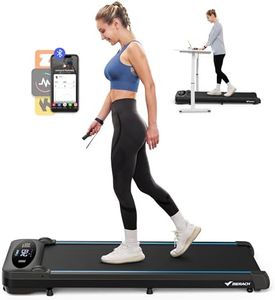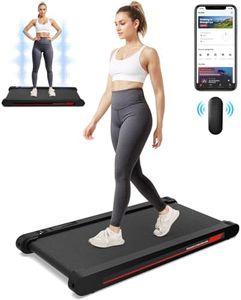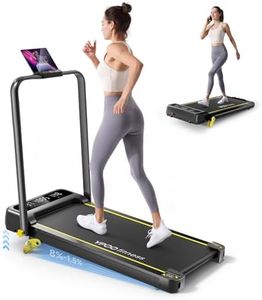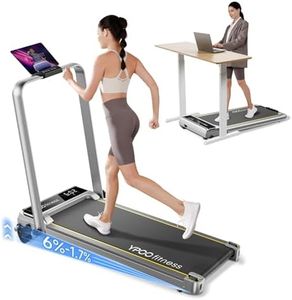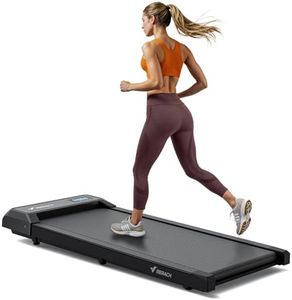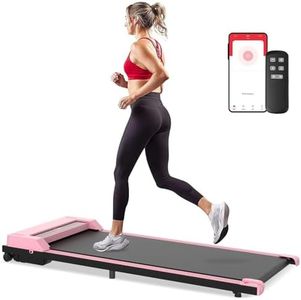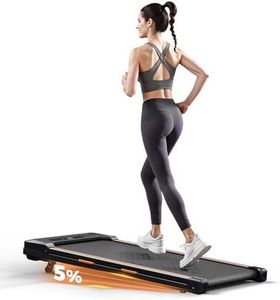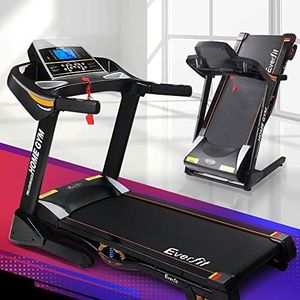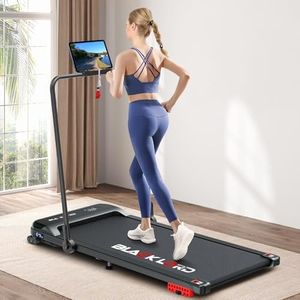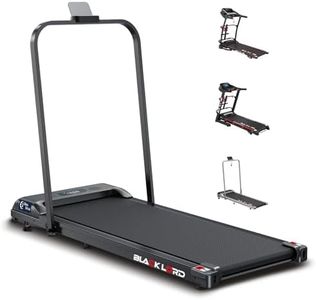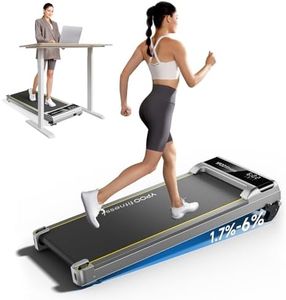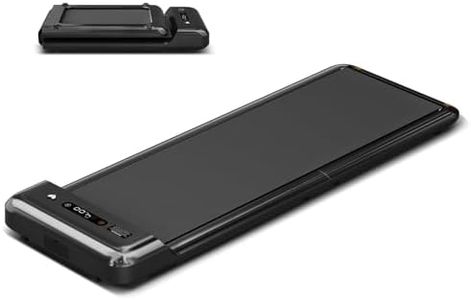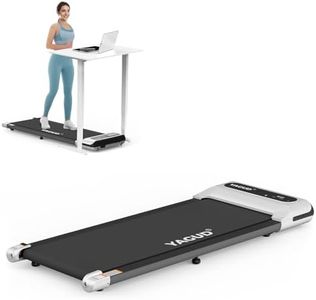We Use CookiesWe use cookies to enhance the security, performance,
functionality and for analytical and promotional activities. By continuing to browse this site you
are agreeing to our privacy policy
10 Best Walking Treadmill
From leading brands and best sellers available on the web.Buying Guide for the Best Walking Treadmill
Choosing the right walking treadmill can make a big difference in your health and your overall enjoyment of exercising at home. Instead of focusing only on popular brands or looks, it’s important to understand what makes one treadmill better suited for your daily walks and lifestyle. Start by thinking about where you’ll put the treadmill, how often you’ll use it, and if you have any special needs, such as joint support or limited space. Learning about the core specifications will help you confidently select a model that matches your preferences and goals.Motor PowerThe motor power, usually measured in horsepower (HP), indicates how strong the treadmill’s engine is. For walking purposes, you don’t need as much power as for running, but having enough ensures smooth operation and longer life. Generally, motor power under 2.0 HP is adequate for light walking, 2.0–2.5 HP is better for frequent use or heavier individuals, and over 2.5 HP is mainly for heavy or multi-user households. Consider your weight, how often you’ll use the treadmill, and whether any other household members will use it. Pick a motor that comfortably meets your needs without being excessive.
Walking Surface SizeThe walking surface or belt size refers to the area you step on while using the treadmill. A typical walking treadmill offers a belt around 16–18 inches wide and 40–50 inches long. Smaller surfaces save space but can feel cramped, especially for taller users with longer strides. If you’re shorter or prefer slow-paced walking, a compact belt suffices. For brisk walks or if you like a roomier feel, opt for one at the larger end of the scale. Think about your stride length and the space available in your home to guide your choice.
Speed RangeSpeed range shows how fast or slow the treadmill can go, usually ranging from 0.5 to 4 mph for walking-dedicated models. A lower starting speed is good for beginners or those needing gentle rehabilitation, while the upper end allows for brisk walking. If you only want casual strolls, lower maximum speed is fine, but if you desire fast walking or interval sessions, look for a wider speed range. Match the treadmill’s speed capabilities to your current fitness level and walking goals.
CushioningCushioning refers to the shock absorption built into the treadmill deck, which affects how much impact your joints feel during use. Some treadmills have extra cushioning to support your knees and ankles, while others prioritize a more outdoor-like feel. If you have joint concerns or plan to use the treadmill often, opt for a model with good shock absorption for comfort and injury prevention. Those with healthy joints or who want a firm surface may prefer basic cushioning. Consider your personal comfort and any history of joint problems as you decide.
Foldability and PortabilityFoldability and portability describe how easy it is to store or move the treadmill when it’s not in use. Some walking treadmills fold flat or upright to save space, and lightweight models often include wheels for easier movement. If you have limited room or want to tuck away your treadmill between workouts, look for a compact, foldable design. For dedicated spaces or if moving the treadmill isn’t a concern, a stationary model may be fine. Your living situation and need for easy storage should drive your decision.
Noise LevelNoise level refers to how much sound the treadmill produces during operation. Quieter models are ideal for apartments, shared spaces, or if you like to walk while watching TV or talking. While all treadmills make some noise, features like quiet motors and smooth belts can minimize disruptions. If silence is important to you, check for reviews or specs that mention low noise operation. Consider your environment and sensitivity to noise when selecting a treadmill.
Controls and DisplayControls and display are about how you interact with the treadmill and get feedback, such as speed, time, distance, and calories. Simple models may have basic controls with minimal display, while others offer touchscreens, preset programs, or Bluetooth. If you like tracking your progress or using preset workouts, look for easy-to-read and use controls. For those who want a straightforward walking experience, basic displays are enough. Reflect on how much feedback and functionality you want during your walks.
